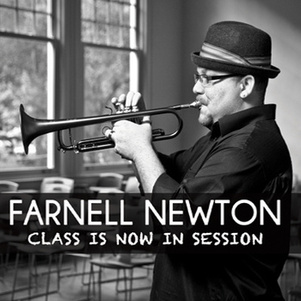
Farnell plays everything from jazz to hip-hop to funk to Latin jazz and he plays them all with aplomb and determination. He is a splendid performer and an educator. His educator status is not limited to his role as instructor in jazz at Portland State University but he educates as he plays. There is always something to be learned from Farnell, if one has the ears to hear.
“Class is Now in Session” is the title track which opens with a muted trumpet and the repeating chant of the title from Farnell himself. It is a :58 announcement that the listener is about to learn something wonderful.
“Bump” follows after with nice guitar work from AG Donnaloia. The song is supported with an on-going neo-Soul, almost Urban, rhythm section. Farnell keeps the muted trumpet understated and intriguing.
“Daddy’s Little Girls” is dedicated to his three angels Jade, Jewyl and Jazmyn and the song is introduced by the three of them saying in unison “We love you, Daddy.” Farnell turns in some of his sweetest trumpet work ever on this track. The horn overdubbing is brilliantly produced by Steveland Swatkins. It is emotional without being maudlin.
“Woke up with a smile on my face today
Shaken by the words you whispered to me the other day
And you wondered if I feel it too and I’m here to tell you that I do
Woke up with the thought of you on my mind
Schools and teams and flocks of things follow you wherever you go
And I wonder if you see me too the way that I see you
Sometimes I’m a little slow to see
Which things are good and which are bad for me
And sometimes I’m a little slow to see
Which fruit is good and which is bad to eat
But now that you’re here
I know which way to steer
Now that you’re here
Everything is clear”
Jarrod’s intonations are sterling and Farnell’s additions at the end of each stanza are stunning. This is the song that makes the listener hit the replay button over and over. Farnell is at his best here.
“Recess” features Greg Goebel on piano, Chris Brown on drums and Eric Gruber on bass and they all light it up. Greg Goebel sounds like Brubeck’s best work and Chris and Eric are the perfect rhythm section for him. Like any child will tell, “Recess” is just too short.
Those three stay on for the next two tracks beginning with “A Child Not Yet Born.” It is a Farnell composition and its beauty and elegance are captivating. The performances by all the musicians are flawless. This sounds like a piece that could have been composed by Miles himself.
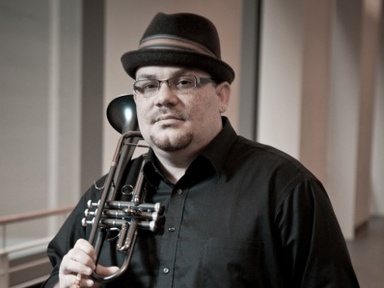
This is proven again on “Groove Easy” composed by Wendell Logan. Goebel, Brown and Gruber are with Farnell again and they do, in fact, groove easy. Chris Brown, of course, is the son of legendary jazz and R and B drummer Mel Brown but Chris has earned the right to stand on his own legend and merit.
Greg Goebel is one of the young Portland stars recruited by Gino Vanelli for touring and recording. His straight up jazz work is impressive.
Eric Gruber is another one of Portland’s great jazz players. He has been performing with George Colligan’s Quartet and he never fails to impress.
“Love Games” features the Soul vocals of Michael Whitmore. Farnell’s muted trumpet is again a delight to hear fronting the handclap and tap-pad rhythm.
Alex Milsted on alto sax squares off with Farnell on “Funky Horns.” The trades and the unison playing are a fun ride. One almost catches a feel of Average White Band at work here. There is a hard snare groove anchoring the piece as the horns explore the terrain. This was the second piece deserving of repeated replays.
“Baby Names” features Toni Hill on vocals and she is, once again, the perfect voice for the song. She sings through a litany of “baby names” and she is convincing. A funky guitar and organ interlude and backdrop are cool for Farnell’s fronting trumpet.
The album closes down with “The Bluest Eyes Revisited.” “The Bluest Eyes” was a great track from Farnell’s previous release entitled “Sense of Direction” and I loved it. The songs starts off like it is truly a reprise of the original track but at the 0:35 mark, there is the sound of a tone arm being dragged across a vinyl record and the song begins anew. The difference is like listening to Miles Davis’ 1953 “Miles Ahead” then being immediately jolted by Miles’ 1989 “Amandla.” The contrast is that sharp but no less satisfying.
The whole album is just that satisfying. I have not heard Farnell on a recording or in a live performance when he did not give it everything. His dedication to the music and the audience is incredible.
“Class is Now in Session” is indeed an education in performance at the highest levels with musicians who can only add and never subtract.
Purchase this at: www.fnmusicweb.com
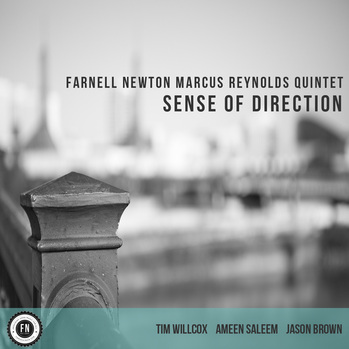
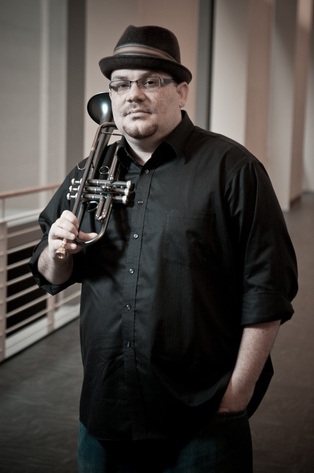
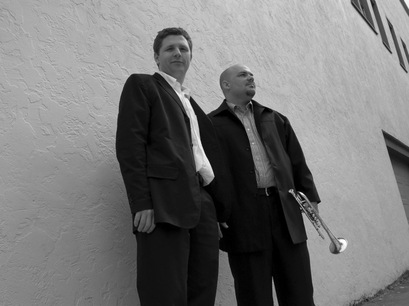
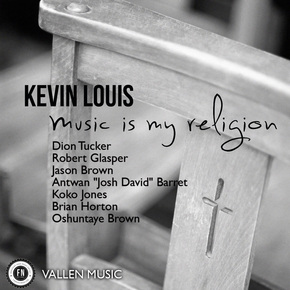
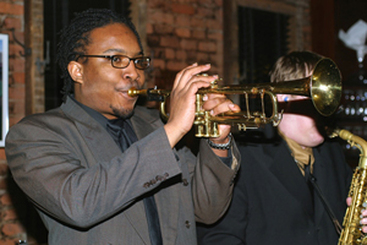
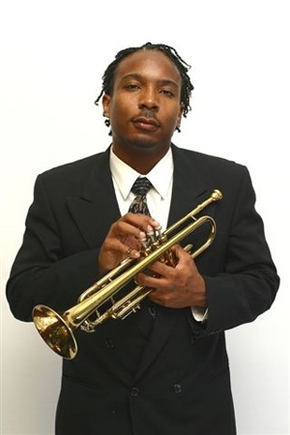
 RSS Feed
RSS Feed
